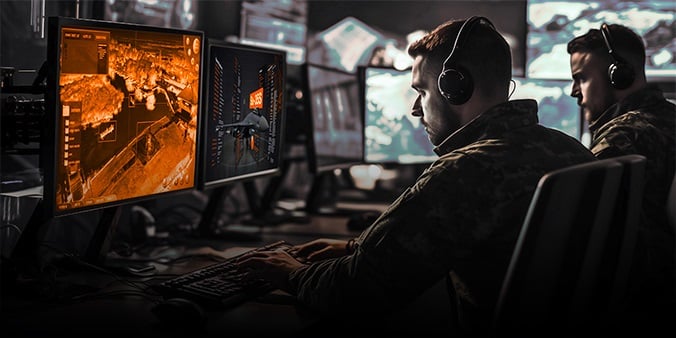
During DiBaX 2024 5G technology was used to communicate between ships and to manoeuvre unmanned vessels. (NATO ACT)
As 5G becomes increasingly ubiquitous, with 6G in the near future and FutureG already being considered, military organisations arefocused on taking advantage of thecapabilities offered by the technology.
Speaking at SAE Media Group's Mobile Deployable Communications conference held in London in late January, Tom Rondeau, principal director, FutureG, in the office of the US Under Secretary of Defense for Research and Engineering, said new technologies provided increased power efficiency; faster, more reliable connectivity; lower latency; and were more cost-effective. The commercial sector is demanding these capabilities from devices and “is investing billions of dollars into this endeavour”, he said, “which opens up opportunities if the Department of Defense (DoD) can take advantage of this”.
He said the DoD must “advance, adopt, adapt, and innovate on commercial technologies” and can help to steer development by revealing defence challenges to the commercial sector. If there are military operational needs that “have a commercial flavour and they can make money from it”, then the commercial sector “will go after it”, he added. This will increase the defence utility of commercial developments.
He noted that 5G offers high data rates providing enhanced mobile broadband. It is highly responsive, and provides ultra-reliable low-latency communications and massive connection density. 6G will be an evolution of 5G, utilising the same digital infrastructure, and from the military aspect will add all-domain coverage, integrated sensing, and high mobility.
Looking to read the full article?
Gain unlimited access to Janes news and more...







